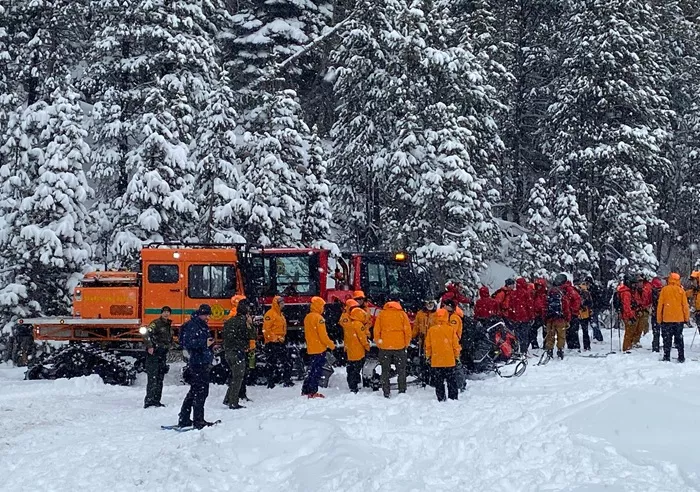A recent rescue operation on Unnecessary Mountain, near Vancouver, has highlighted the potential dangers of relying solely on artificial intelligence (AI) for outdoor navigation. Two hikers found themselves trapped in snow after following route directions generated by ChatGPT, underscoring the limitations of AI tools in wilderness environments.
Technology Missteps Lead to Emergency Rescue
In spring 2025, the pair embarked on their hike equipped only with flat-soled sneakers, unaware that many mountain trails in the Vancouver area remain snow-covered well into the season. The hikers had planned their route using ChatGPT and Google Maps but lacked essential knowledge about local conditions and seasonal hazards.
Local search and rescue teams were dispatched after the hikers called for help. Brent Calkin, chief of Lions Bay Search and Rescue, described the response to The Vancouver Sun: “We hiked up carrying boots and ski poles for them after confirming their shoe sizes. They were ill-prepared for the conditions.”
This incident reflects a growing trend where hikers place excessive trust in AI-generated advice without fully understanding the technology’s limitations or verifying critical safety information.
AI’s Limitations in Outdoor Navigation
Stephen Hui, author of the hiking guidebook 105 Hikes, has tested AI tools like ChatGPT for route planning and found them useful only for popular, well-documented trails. “AI struggles with less-known routes and cannot provide real-time updates on weather or trail conditions, which are vital for safety,” Hui said. He added, “In British Columbia, seasonality is crucial. Trails accessible in summer can be dangerous or inaccessible during winter months due to snow.”
The quality of AI-generated recommendations also depends heavily on the specificity of user queries, which can challenge novice hikers unfamiliar with what safety-related questions to ask. This can result in incomplete or misleading guidance, potentially leading to hazardous situations.
Human Expertise Remains Essential
The rescue reinforces the importance of combining technology with human knowledge. Calkin recommends hikers connect with local outdoor communities on platforms such as Reddit or Facebook to obtain up-to-date advice from people with recent trail experience.
“Local groups offer context that AI cannot,” Calkin noted. “They know the current conditions and can warn about specific hazards or seasonal changes.”
Experts caution that technology can create a false sense of security. Many hikers assume smartphone navigation works equally well in wilderness settings, a misconception that overlooks the unpredictable nature of mountain environments.
Best Practices for Safe Hiking
This near-tragedy serves as a reminder of key safety practices:
Use appropriate footwear and clothing for mountain terrain and weather conditions.
Carry reliable navigation tools, adequate water, and emergency supplies.
Research trails using multiple sources including official park websites, recent trail reports, and expert guidebooks.
Consult local hiking groups or ranger stations for the latest trail and weather information.
Seasonal awareness is critical. Trails that are easy in summer can become technical and dangerous in winter, requiring specialized skills and equipment.


